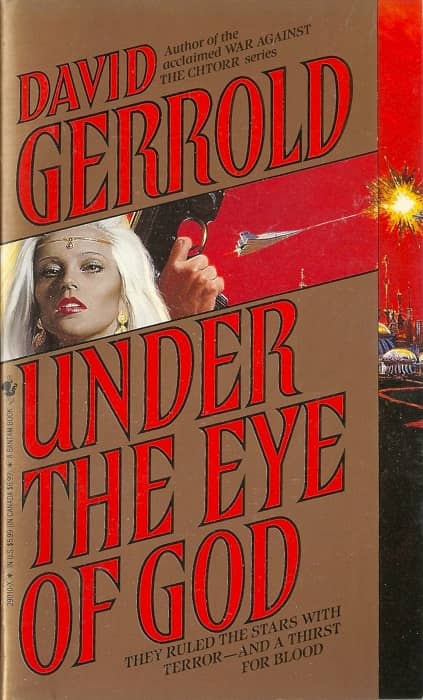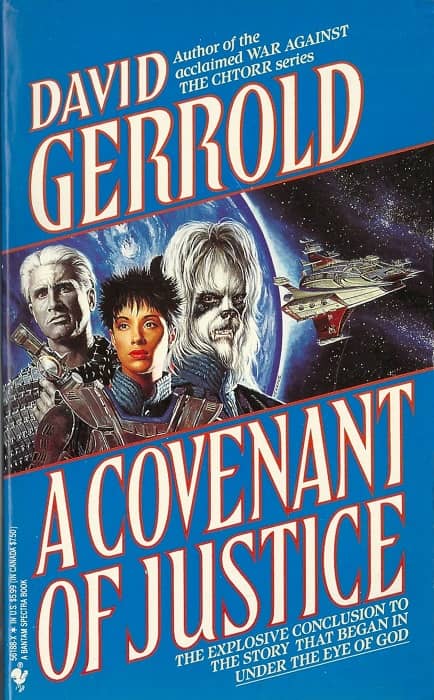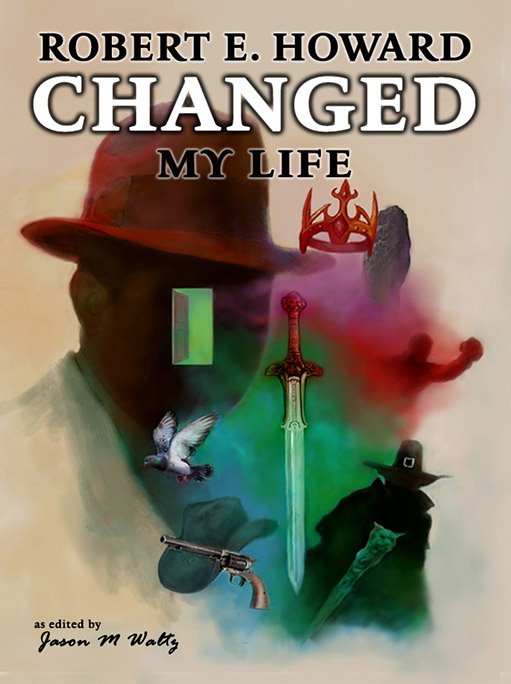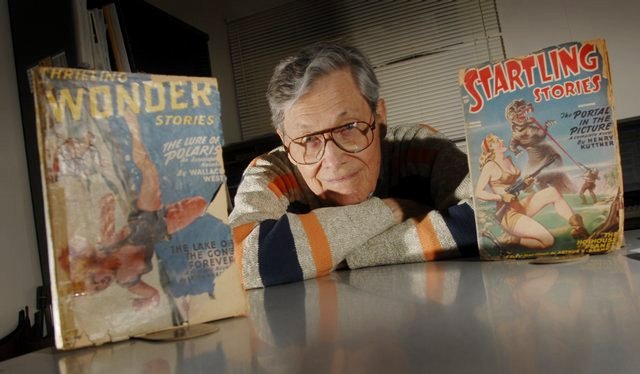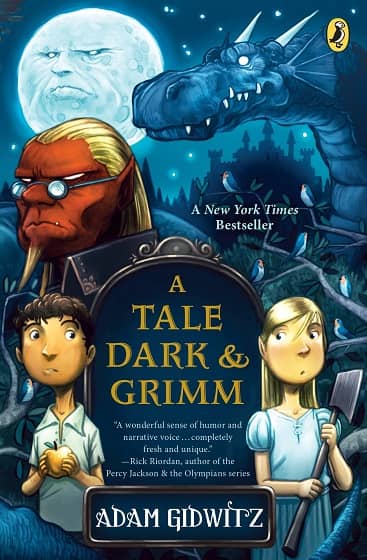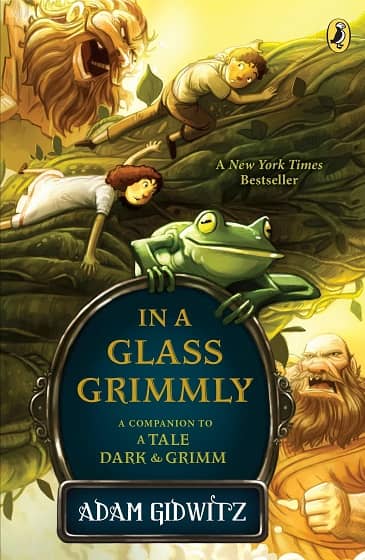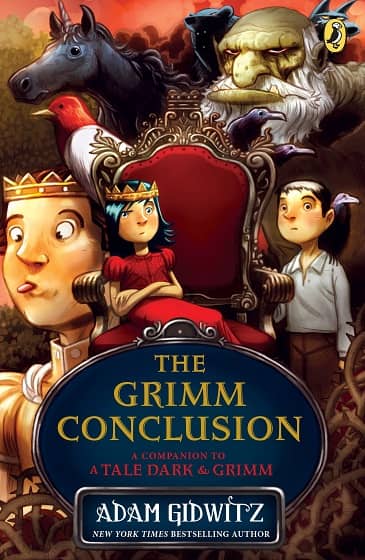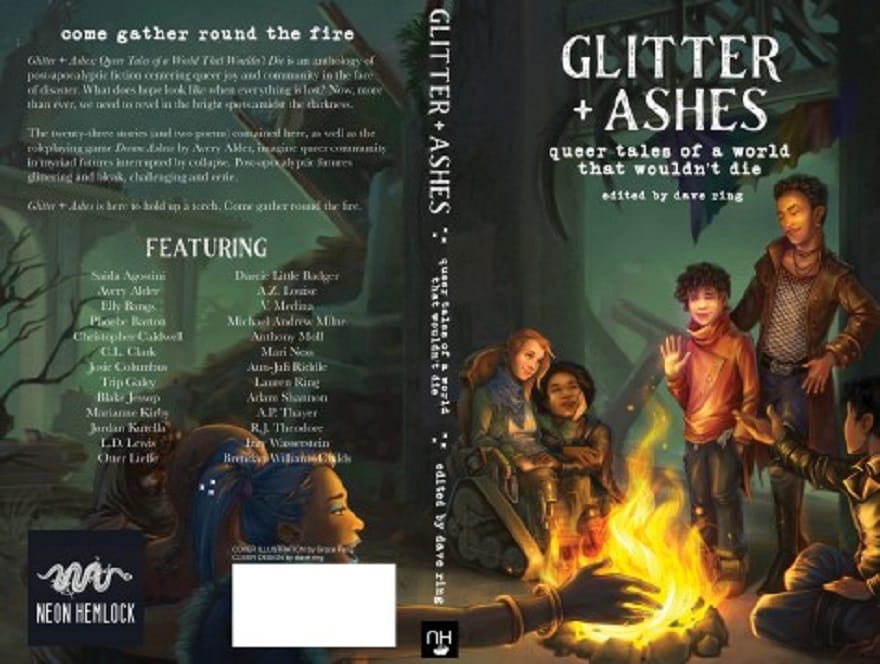New Treasures: The Big Book of Modern Fantasy edited by Ann and Jeff VanderMeer
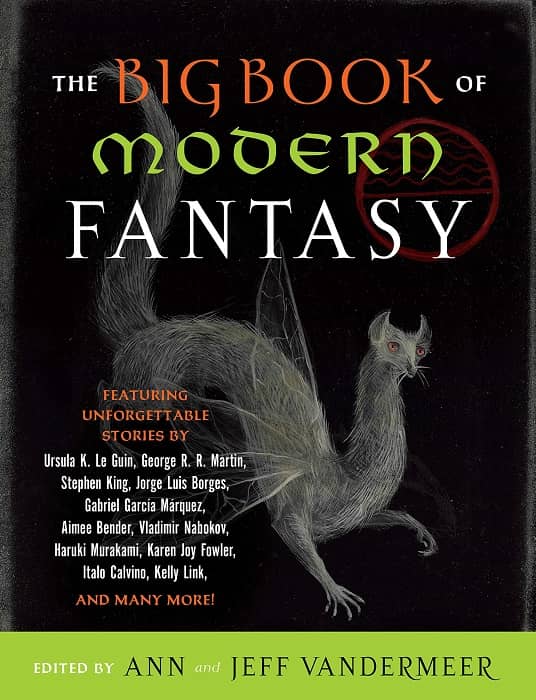 |
 |
Cover art by Leonora Carrington
Here we are at the end of the year, that time when book bloggers create Best of the Year lists. I’m not sure I have the ambition to create a Top Ten list, but at the very least I have a favorite anthology for 2020: The Big Book of Modern Fantasy, edited by Ann and Jeff VanderMeer, the follow-up to the magnificent Big Book of Classic Fantasy. That volume included selections up the end of World War II; this one contains 91 stories published between 1946 and 2010.
And what a rich assortment of old favorites and new discoveries it is. Here’s an excerpt from Paul Di Filippo’s delightfully detailed review at Locus Online.
Over 800 pages of bliss-inducing non-mimetic goodness which attempts the impossible: to limn the full dimensions of the unreal in today’s literature… Rounding out the first decade is Borges’s “The Zahir”, with its cursed coin that preempts all other thoughts… Moving into the 1950s… we enjoy Gabriel García Márquez’s “A Very Old Man with Enormous Wings.” Its portrait of an anomalous derelict who hovers between mortal and angel is touching. And we note that even when the editors select a famous name, they dip into the less-well-known stuff.
As the editors say in their intro, they like to break down barriers between “high” art and popular art, so seeing Fritz Leiber consorting with Márquez and Borges is a delight. His “Lean Times in Lankhmar” is a great choice since it shows us his famous companionable heroes, Fafhrd and the Gray Mouser, separate and at odds.
